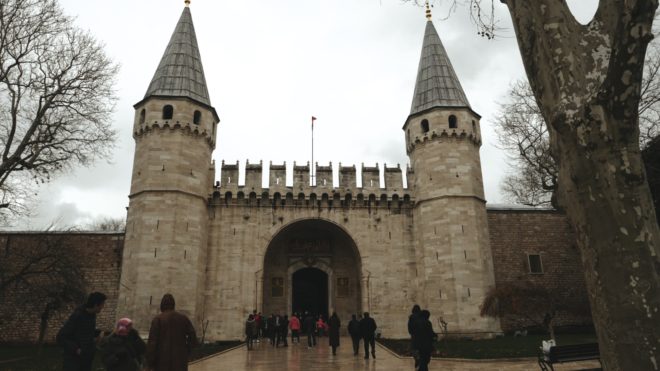
International Conference
University of Tartu, Estonia
10-11 May 2022
Over the past decades, Translation Studies scholars have systematically broadened the horizon of translation, moving beyond the textual and linguistic level to consider different forms of cultural transfer that entail processes of remediation. Museums, as places of encounter, transfer and learning, have thus been conceptualized as translational places, that is, ‘areas of intense interaction across languages, spaces defined by an acute consciousness of cultural negotiation’ (Cronin and Simon 2014; see also Simon 2019).
Museums ‘translate’ or represent cultures and personal stories on behalf of their visitors through the selection and combination of objects and texts, and through various multi-modal displays (Neather 2005, 2008). As tourist destinations attracting an international audience, they also resort to interlingual and intersemiotic translations in order to cater for different language user needs. This distinction is captured in the idea of ‘museums as translations’ versus ‘translations in the museum’ (Sturge 2007).
The spatial perspective introduces an exploration of the museum’s geographical ‘sitedness’ and embraces Clifford’s (1997) definition of museums as metaphorical ‘contact zones’ where figures of the Other are created and cultures are translated in specific ways, for specific audiences and with specific purposes in mind.
The conference allows for broad, metaphorical perspectives on translation and cultural transfer as well as micro-level analyses of translated material. The focus is interdisciplinary, including – but not limited to – translation studies, museum studies and cultural studies. Furthermore, the aim is to promote dialogue between disciplines and languages, but equally between theoretical and practitioner-based research. We encourage original angles, a focus on different types of museums and a wide (cultural) diversity of case studies.
Call for Abstracts
Questions to be addressed include, but are not limited to, the following:
- How are the concepts of ‘cultural translation’ and ‘cultural transfer’ reflected in museum practices? What are conceptual differences and common grounds? Which perspectives and research methods are useful to study the various transfer processes in the contemporary museum?
- What types of translation and transfer (interlingual, intralingual, intersemiotic, etc.) are present in museums? How do spatial, visual and textual resources interact multimodally?
- How do translation practices and policies differ according to the type of museum (memorial museums, migration museums, ethnographic museums, etc.)?
- What is the role of different agents and stakeholders (curators, translators, local communities, visitors)? How do the various types of translation and transfer function as instruments of power?
- How are (national or foreign, dominant or minor) cultures, identities and memories (re)imagined in museums? In what ways do forms of translation and transfer facilitate the interchange and cross-fertilization of cultures in the contact zone?
- To what extent are museum concepts culturally defined? What are the indications of globalized museum practices nowadays?
- How can we assess the importance of the digital space and the hybrid exhibition model for meaning-making in museums?
If you wish to present a paper, please send a brief abstract (300 words) and a short bio (50 words) to museumtranslation@ut.ee by midnight on 15 December 2021. If your abstract is selected, you will receive a notification of acceptance by 20 January 2022.
Language Policy: the conference language is English.
Venue: University of Tartu College of Foreign Languages and Cultures (J. Liivi street 4)
At the moment, the conference is planned as an on-site event. However, depending on the development of the pandemic, we will consider the possibility of making some parts available online.
This conference is organized in collaboration with the Cultural Transfer Research Group of the Enlight University Network.
References:
Clifford, J. (1997). Routes: Travel and translation in the late twentieth century. Cambridge, Mass: Harvard University Press.
Cronin, M. & Simon, S. (2014). Introduction: The city as translation zone, Translation Studies, 7:2, 119-132.
Neather, R. (2005). Translating the Museum: On Translation and (Cross-) Cultural Presentation in Contemporary China. In Juliane House et. al. (eds), Translation and the Construction of Identity, Seoul: IATIS, pp. 180-197.Neather, R. (2008). Translating Tea: On the Semiotics of Interlingual Practice in the Hong Kong Museum of Tea Ware. Meta: Translators’ Journal, 53(1), 218–240.
Simon, S. (2019). Translation sites: A field guide. London ; New York : Routledge, Taylor & Francis group.
Sturge, K. (2007). Representing Others: Translation, Ethnography and the Museum. St. Jerome Pub.
For more information, Please visit the official conference website

